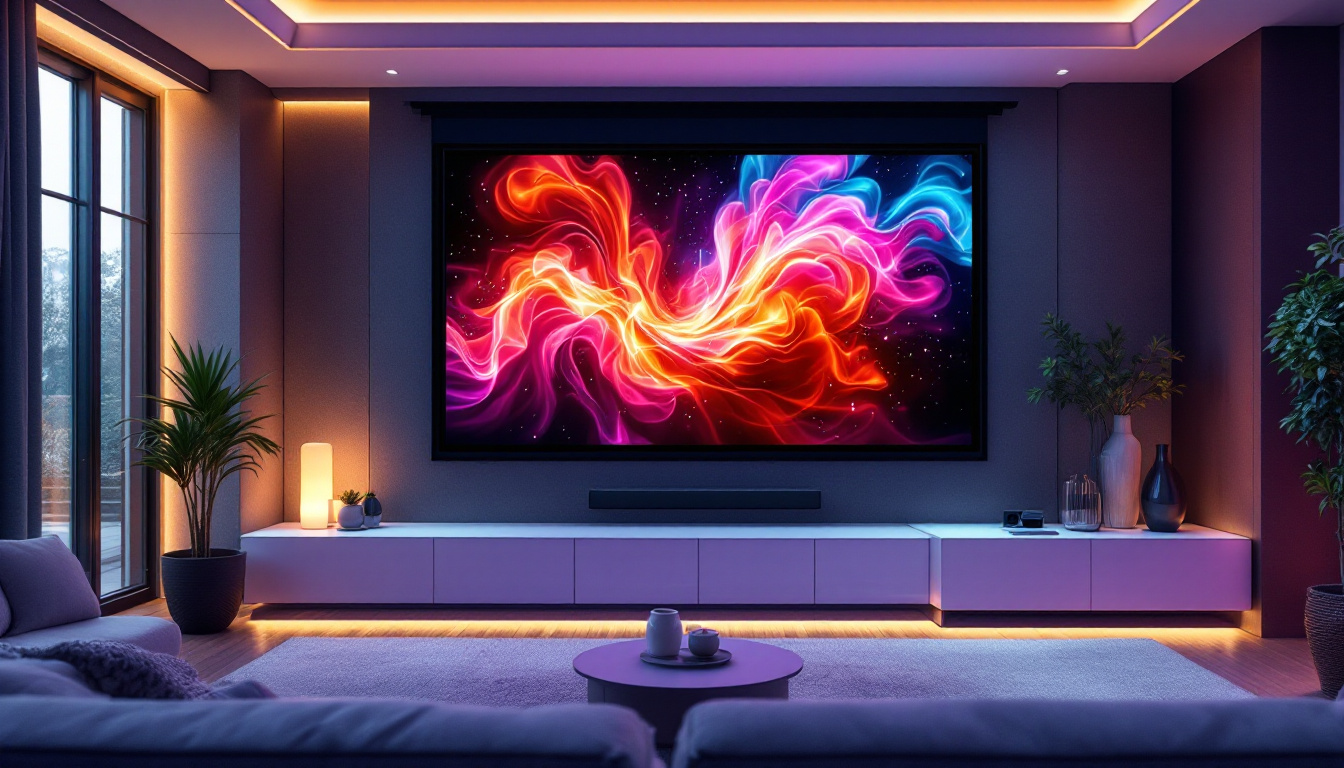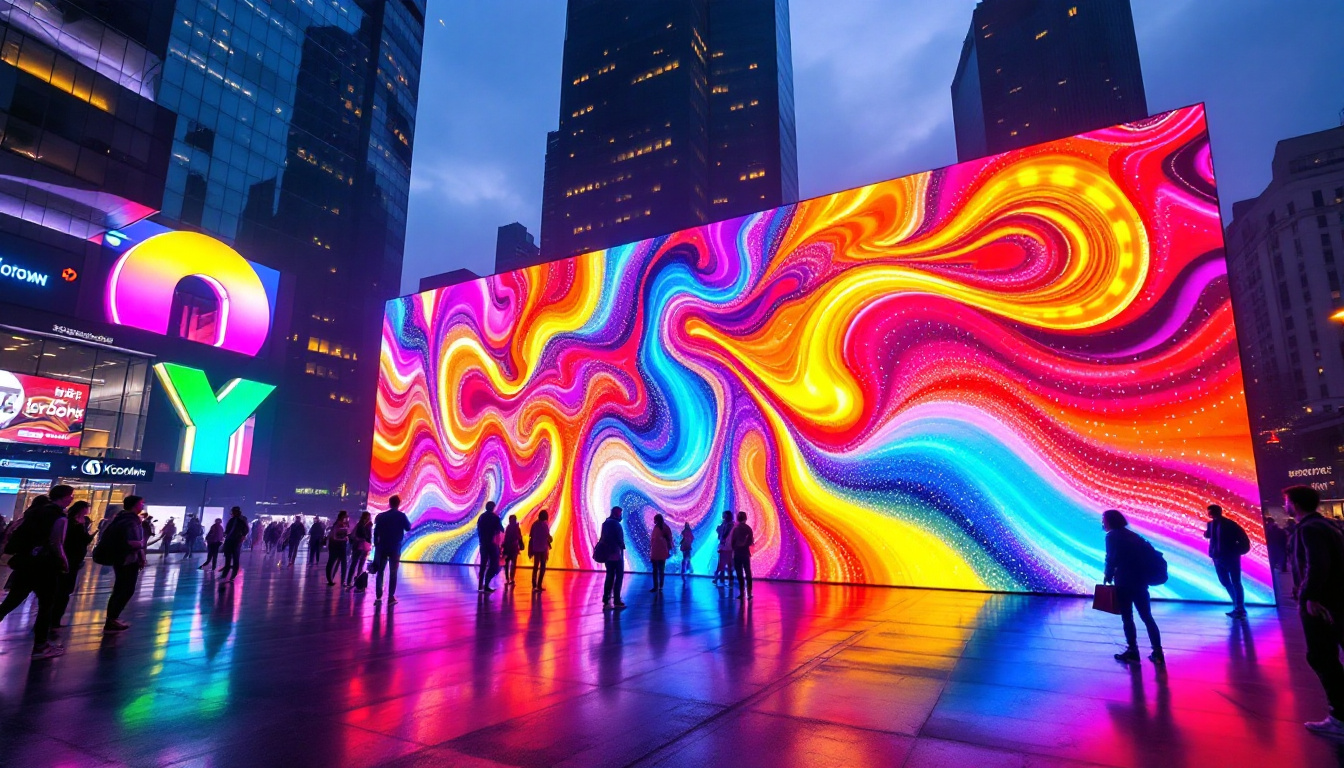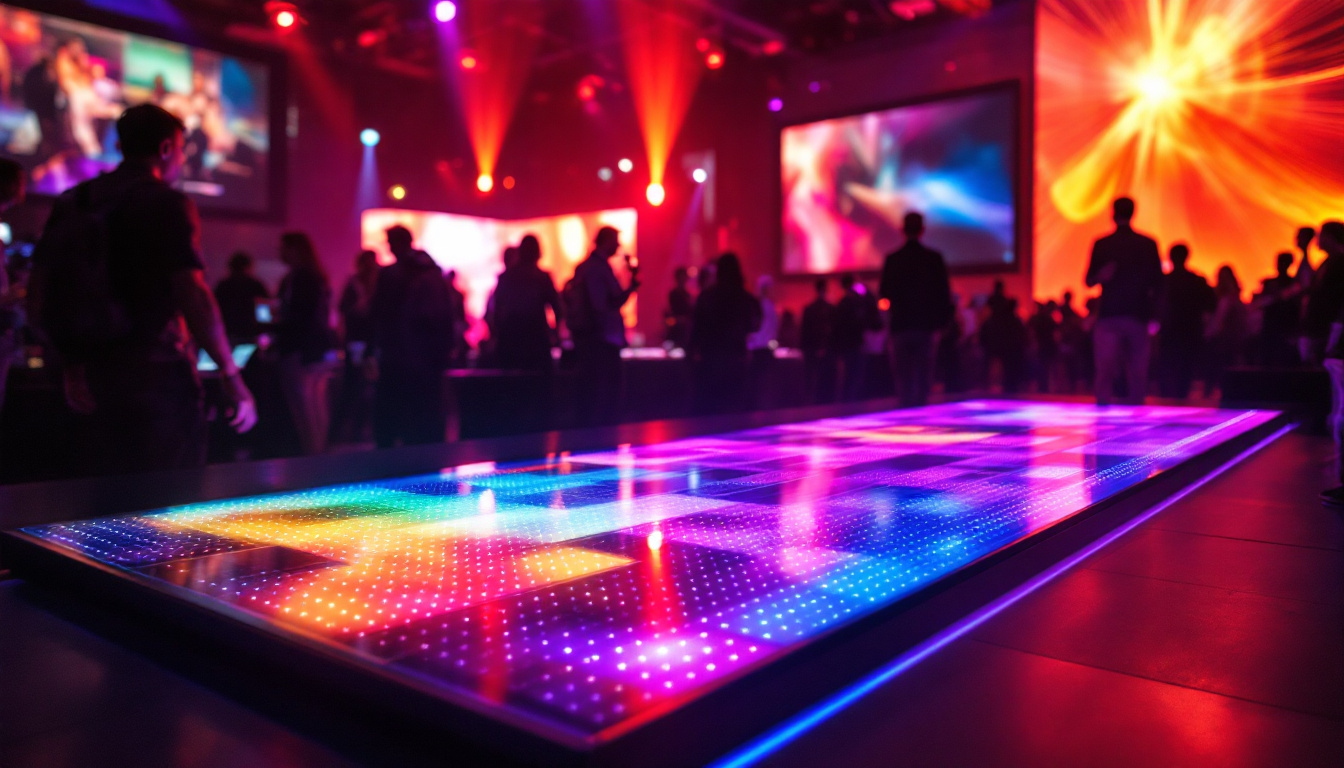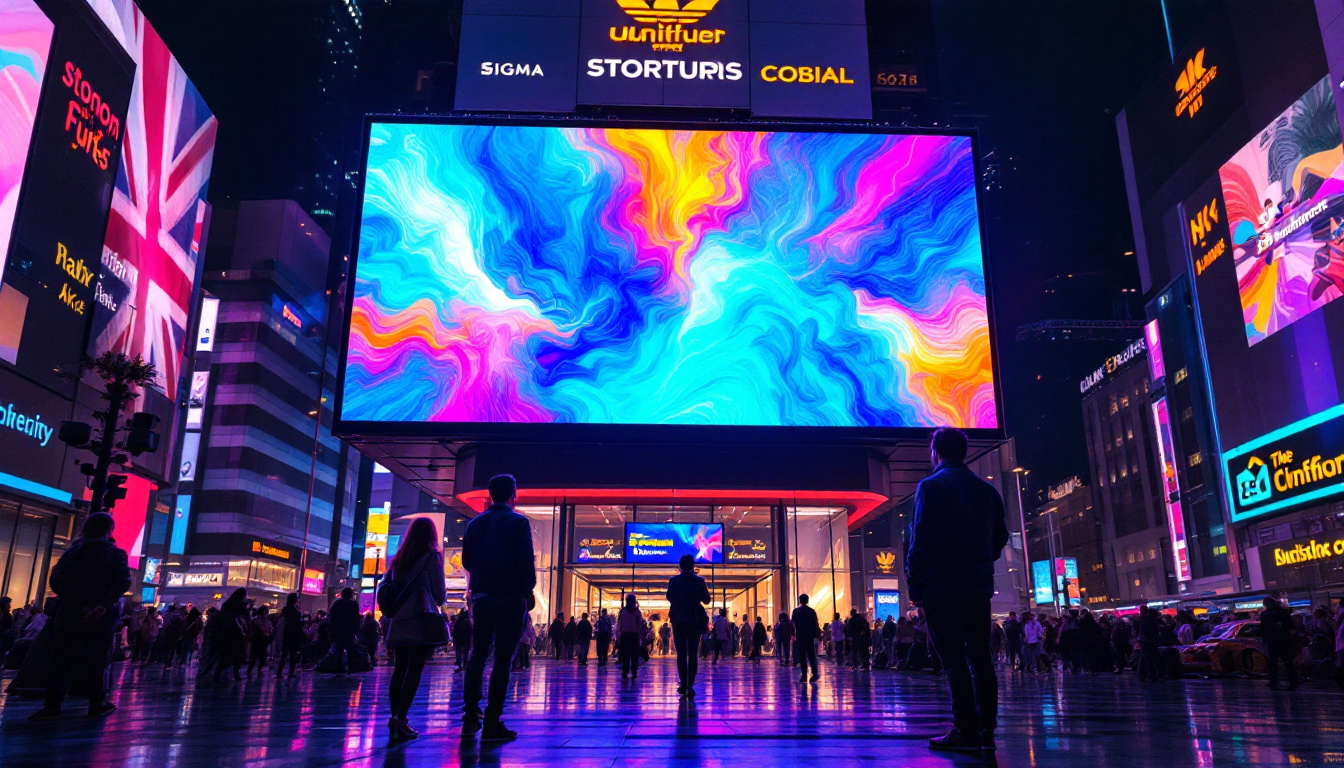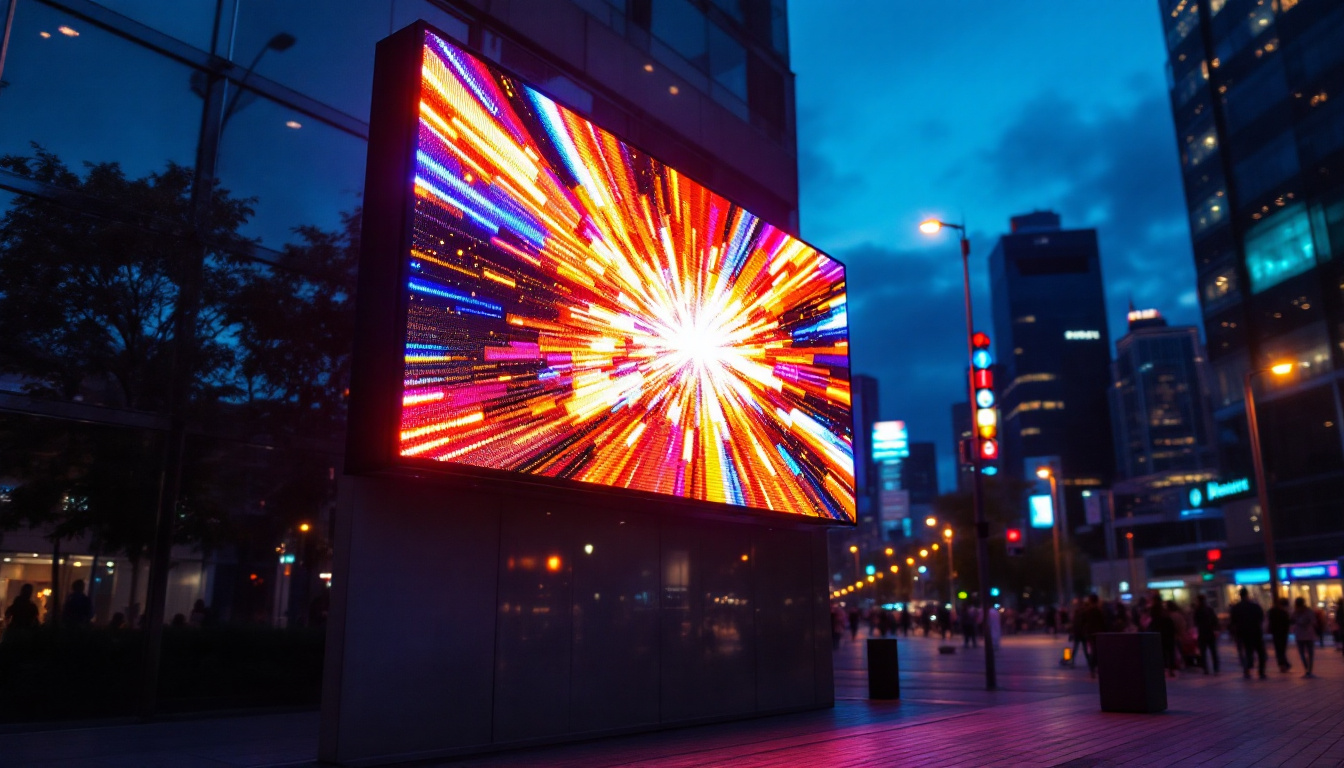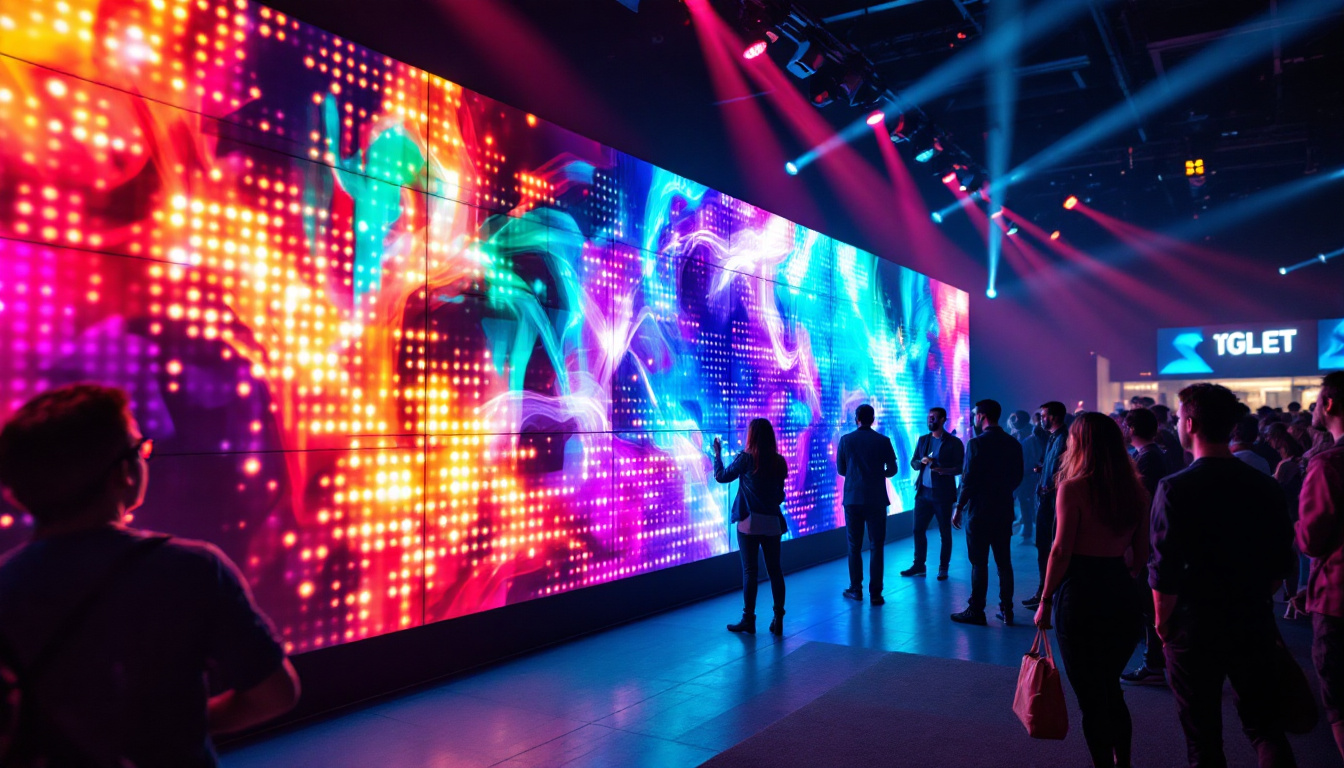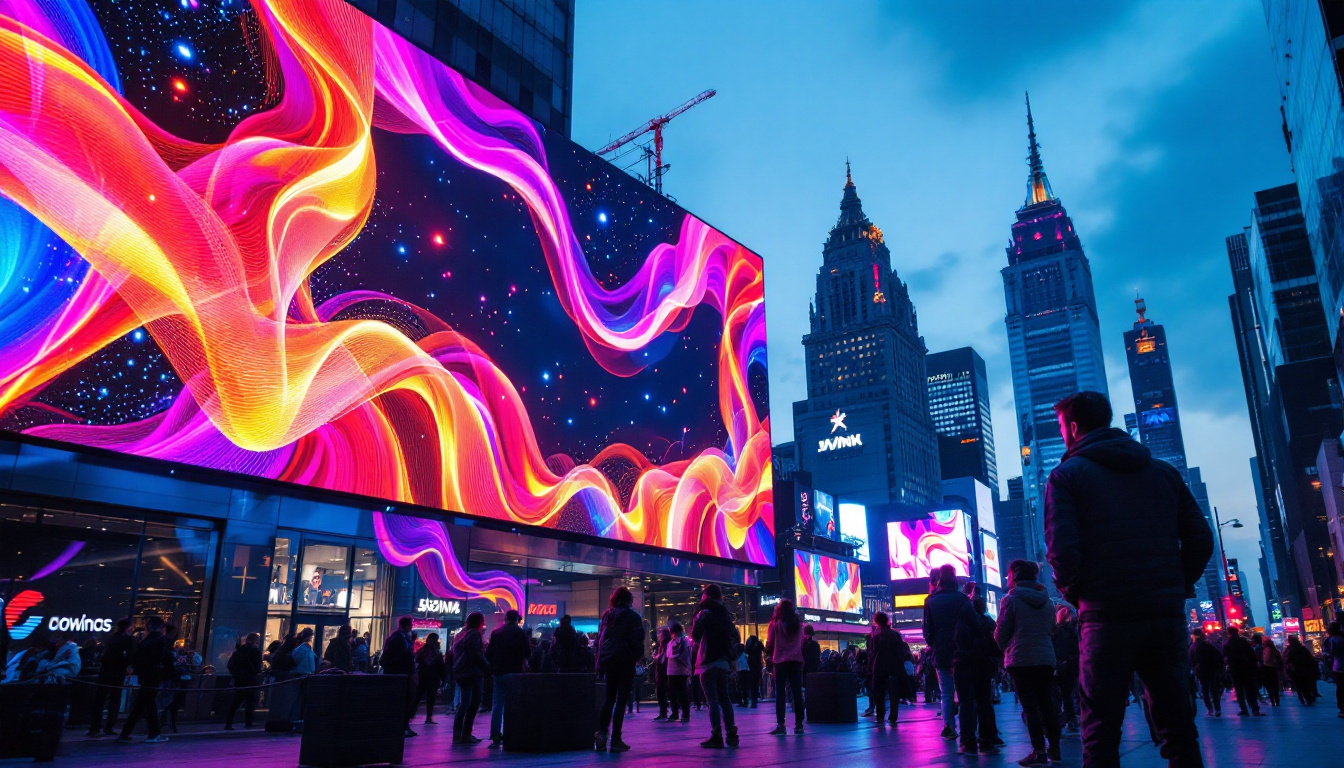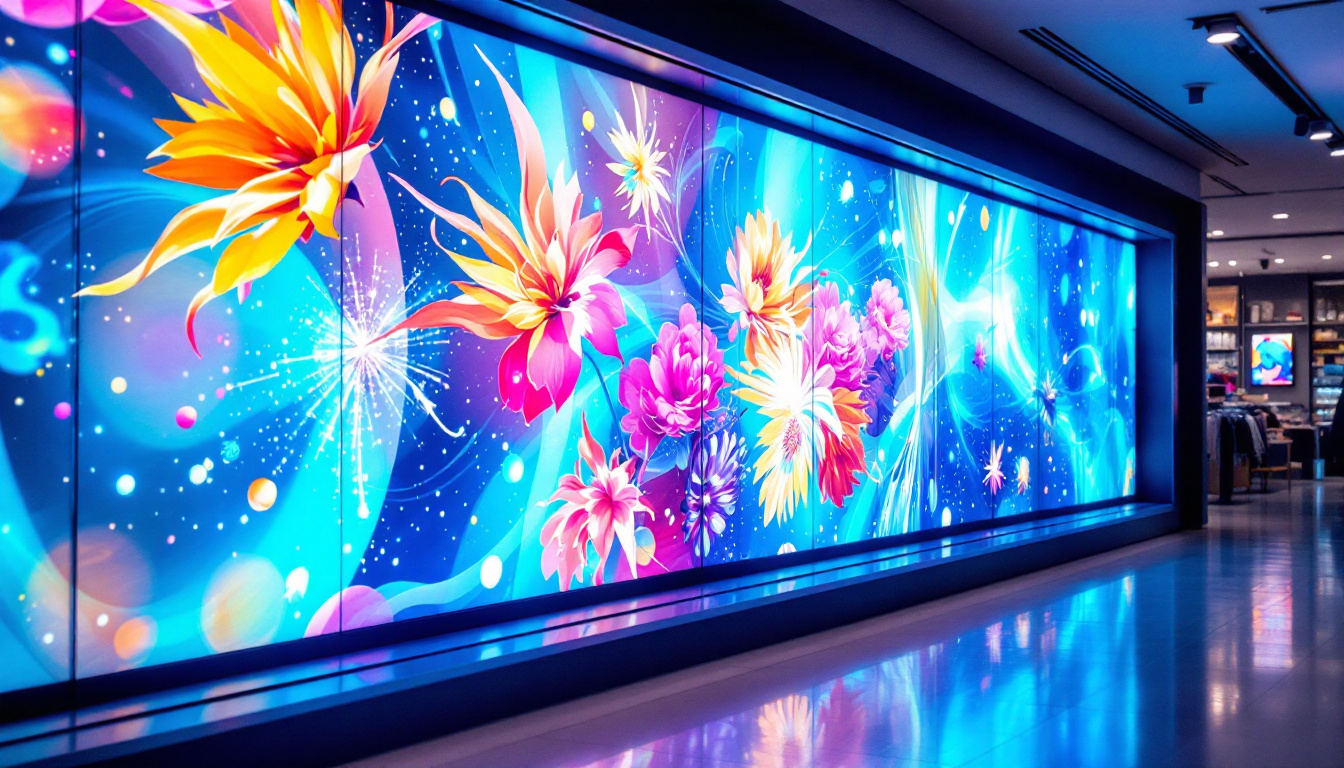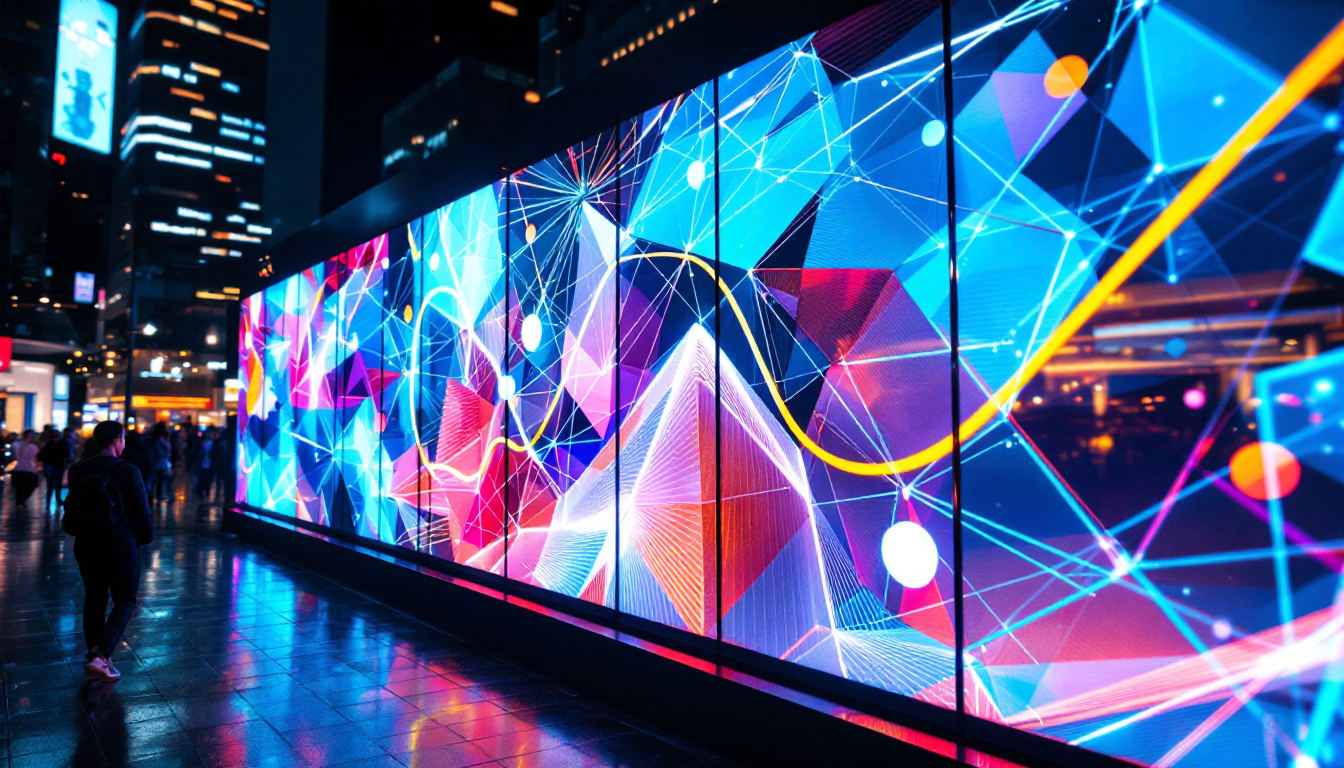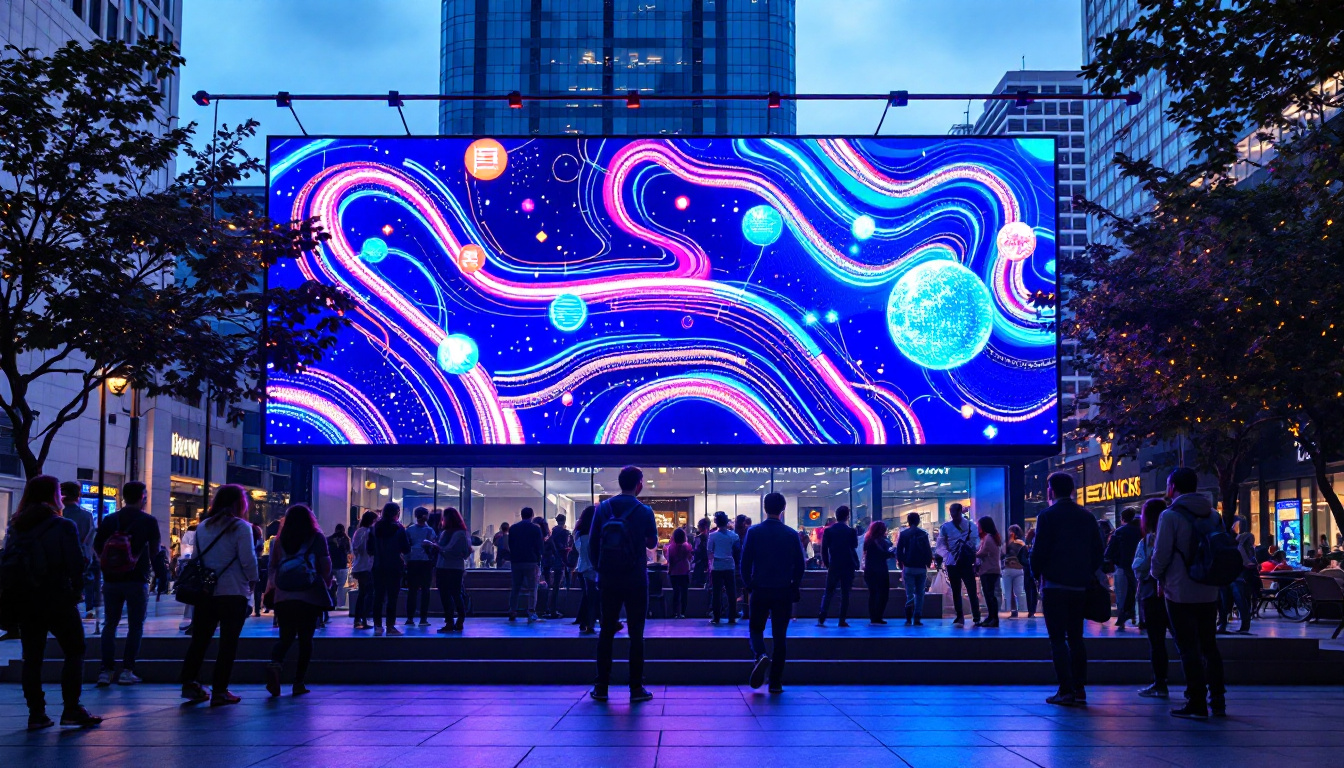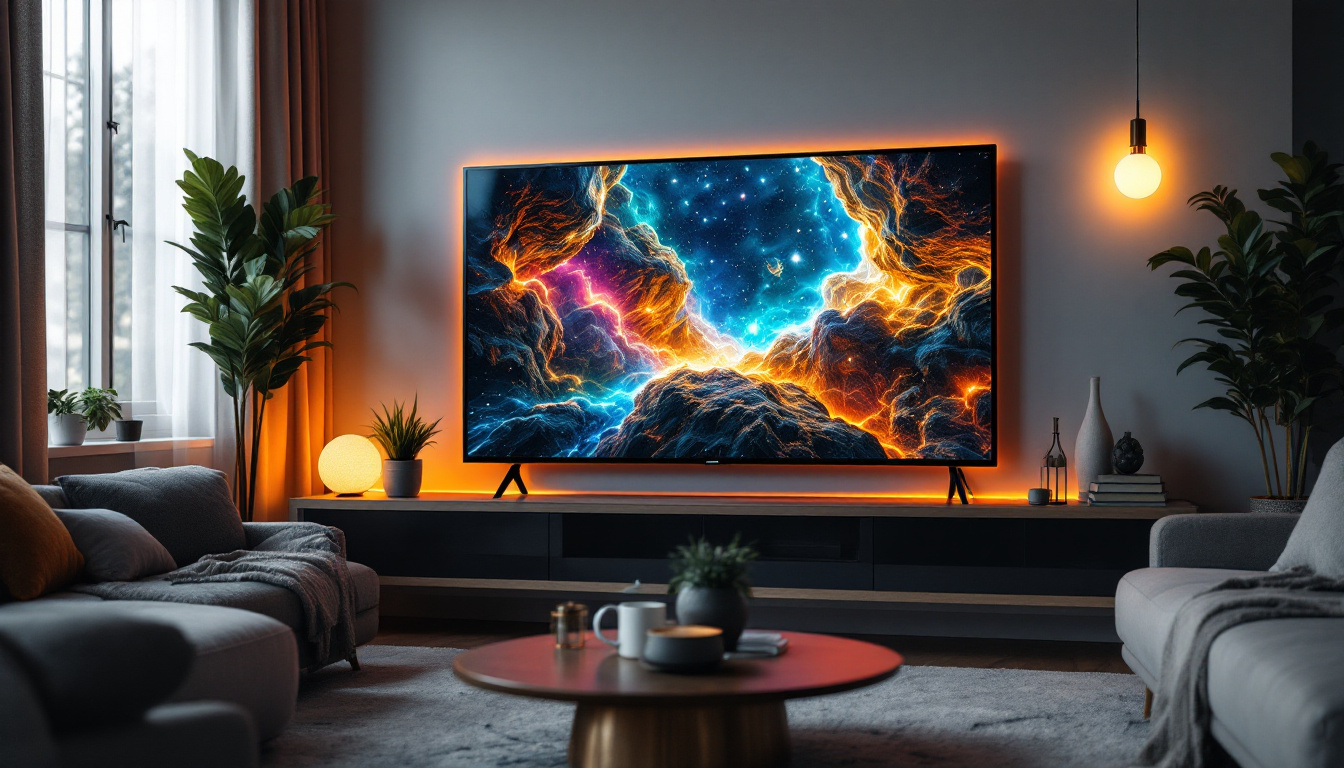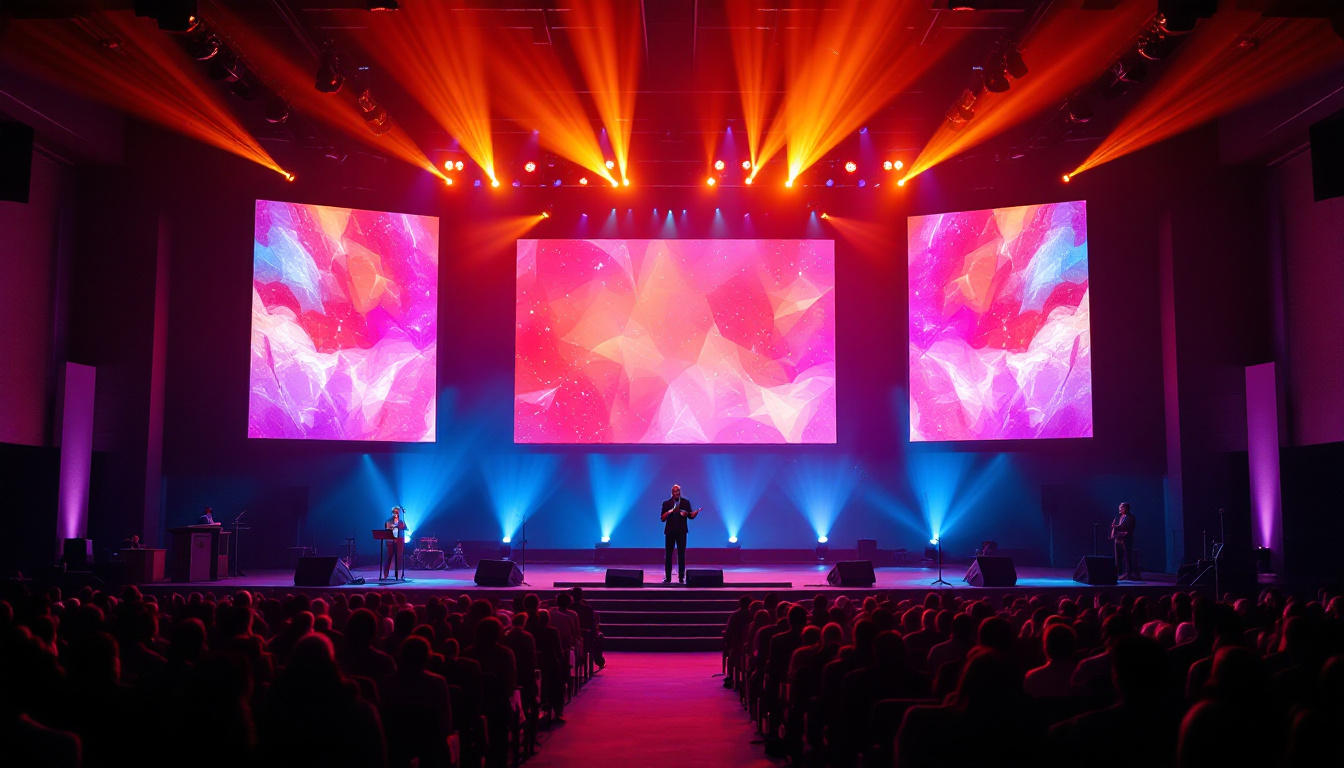In the realm of modern technology, the evolution of display systems has reached new heights, particularly with the introduction of spherical displays. These innovative LED displays are not only captivating but also offer unique functionalities that traditional flat screens cannot match. This article delves into the intricacies of spherical displays, exploring their technology, applications, and the future they hold in various industries.
Understanding Spherical Displays
Spherical displays are three-dimensional visual systems that present images and videos on a curved surface, creating an immersive viewing experience. Unlike conventional flat displays, spherical displays wrap around the viewer, engaging them in a way that feels more natural and interactive. This technology leverages advanced LED (Light Emitting Diode) technology to deliver vibrant colors and high-resolution images. The design of these displays not only enhances the aesthetic appeal but also transforms the way information is conveyed, making it particularly effective for storytelling and presentations.
How Spherical Displays Work
The core of a spherical display is its LED technology, which consists of numerous tiny light-emitting diodes arranged in a spherical configuration. These diodes work together to produce images by emitting light in various colors and intensities. The arrangement of the LEDs is crucial; it allows for a seamless transition of images across the curved surface, ensuring that viewers experience a consistent and high-quality visual output from multiple angles. This technology is often complemented by high-performance graphics processing units (GPUs) that handle the complex calculations required to render the visuals in real-time, providing a fluid and engaging experience.
To achieve the spherical effect, the display often utilizes specialized software that maps the content onto the curved surface. This software adjusts the images and videos to fit the unique geometry of the display, ensuring that the content appears undistorted and engaging. The result is a captivating visual experience that can be enjoyed from all sides. Additionally, many spherical displays incorporate sensors that track viewer movement, allowing for dynamic adjustments to the visuals based on the audience’s position, further enhancing interactivity and immersion.
Types of Spherical Displays
Spherical displays come in various forms, each designed to cater to specific needs and environments. The most common types include:
- Full-Dome Displays: These are often used in planetariums and immersive theaters, providing a 360-degree view of content. They are particularly effective for astronomical presentations, where the entire dome can simulate the night sky, complete with stars, planets, and celestial events.
- Interactive Spherical Displays: These displays allow users to interact with the content, often used in educational settings and exhibitions. For example, in a science museum, visitors might manipulate a 3D model of the solar system, rotating it and zooming in on specific planets to learn more about their characteristics.
- Advertising Spherical Displays: Used in retail and public spaces, these displays attract attention with dynamic and engaging advertisements. Their unique shape and immersive quality can create memorable brand experiences, drawing customers into a narrative that traditional flat screens cannot achieve.
In addition to these types, there are also emerging variations such as portable spherical displays, which are designed for on-the-go presentations and can be used in various locations, from trade shows to outdoor events. These portable models often feature lightweight materials and easy setup processes, making them versatile tools for marketers and educators alike. Furthermore, advancements in projection technology are leading to the development of holographic spherical displays, which promise to take immersion to the next level by creating three-dimensional images that can be viewed without special glasses, further blurring the lines between digital and physical realities.
Applications of Spherical Displays
The versatility of spherical displays makes them suitable for a wide range of applications across various sectors. Their unique design and immersive capabilities have led to their adoption in numerous fields.
Entertainment and Media
In the entertainment industry, spherical displays have revolutionized how audiences experience content. Full-dome theaters utilize these displays to create immersive environments for films and documentaries. By wrapping visuals around the audience, these theaters enhance storytelling, making viewers feel as if they are part of the narrative.
Additionally, spherical displays are increasingly being used in gaming and virtual reality. They provide a more engaging experience, allowing players to interact with the game environment in a way that feels natural and intuitive.
Education and Training
Spherical displays have found a significant place in educational settings, particularly in science and technology. They are used in classrooms and laboratories to visualize complex concepts, such as astronomical phenomena or molecular structures. By presenting information in a three-dimensional format, students can better grasp intricate ideas and engage more deeply with the material.
Moreover, training simulations for various professions, including aviation and medicine, utilize spherical displays to create realistic environments. Trainees can practice their skills in a safe and controlled setting, enhancing their learning experience.
Advertising and Marketing
In the world of advertising, capturing consumer attention is paramount. Spherical displays offer a unique solution, allowing brands to create eye-catching advertisements that stand out in crowded marketplaces. Their 360-degree visibility ensures that messages reach a wider audience, making them effective tools for marketing campaigns.
Retailers are increasingly incorporating spherical displays into their stores, using them to showcase products and promotions in an engaging manner. The dynamic nature of these displays can draw customers in and enhance their shopping experience.
Advantages of Spherical Displays
The adoption of spherical displays comes with a myriad of advantages that set them apart from traditional display systems. Understanding these benefits can help businesses and organizations make informed decisions about their visual technology needs.
Immersive Experience
One of the most significant advantages of spherical displays is their ability to create an immersive experience. By enveloping viewers in visuals, these displays engage multiple senses, making the content more memorable and impactful. This immersive quality is particularly beneficial in entertainment, education, and training environments.
Enhanced Engagement
Spherical displays naturally draw attention due to their unique shape and dynamic content. This heightened engagement can lead to increased interest in the displayed material, whether it be a film, an educational lesson, or an advertisement. The captivating nature of spherical displays encourages viewers to interact with the content, fostering a deeper connection.
Versatility and Customization
Another key advantage is the versatility of spherical displays. They can be customized to fit various environments and purposes, from small interactive kiosks to large full-dome theaters. This adaptability allows businesses to tailor their displays to meet specific needs, ensuring maximum effectiveness.
Challenges and Considerations
While spherical displays offer numerous benefits, they also come with challenges that must be addressed. Understanding these challenges is crucial for organizations considering the implementation of this technology.
Cost Implications
One of the primary challenges associated with spherical displays is the cost. The technology involved in creating high-quality spherical displays can be expensive, including the cost of the display itself, installation, and ongoing maintenance. Organizations must carefully evaluate their budget and consider whether the investment aligns with their goals.
Content Creation and Management
Creating content for spherical displays can be more complex than for traditional flat screens. The need for specialized software and expertise in 3D content creation can pose a barrier for some organizations. Additionally, managing and updating content on spherical displays requires ongoing effort and resources.
Space and Installation Requirements
Installing a spherical display often requires a significant amount of space, which may not be feasible for all organizations. The physical setup must accommodate the display’s curvature and ensure optimal viewing angles for the audience. Organizations must assess their available space and consider the logistical implications of installation.
The Future of Spherical Displays
The future of spherical displays appears promising, with advancements in technology paving the way for even more innovative applications. As the demand for immersive experiences continues to grow, the potential for spherical displays to transform various industries is immense.
Technological Advancements
Ongoing advancements in LED technology, including improvements in resolution, brightness, and energy efficiency, are set to enhance the capabilities of spherical displays. As these technologies evolve, the quality of visuals will continue to improve, making spherical displays even more appealing to a broader audience.
Integration with Virtual and Augmented Reality
The integration of spherical displays with virtual and augmented reality technologies holds exciting possibilities. By combining these technologies, organizations can create even more immersive experiences, blurring the lines between the virtual and physical worlds. This convergence could revolutionize entertainment, education, and training, offering users unprecedented levels of engagement.
Expanding Applications
As businesses and organizations recognize the potential of spherical displays, their applications are likely to expand. From art installations to corporate presentations, the versatility of these displays will enable creative uses that have yet to be fully explored. As industries continue to innovate, spherical displays will play a pivotal role in shaping the future of visual communication.
Conclusion
Spherical displays represent a significant advancement in display technology, offering immersive experiences that traditional screens cannot match. Their unique design, combined with the vibrant capabilities of LED technology, makes them a compelling choice for various applications, from entertainment to education and advertising.
While challenges such as cost and content management exist, the benefits of spherical displays are undeniable. As technology continues to evolve, the future of spherical displays looks bright, promising even more innovative applications and enhanced user experiences. Organizations considering this technology should weigh the advantages against the challenges, ensuring that they make informed decisions that align with their goals.
In a world increasingly driven by visual communication, spherical displays stand out as a transformative solution, captivating audiences and reshaping how information is presented and experienced.
Discover the Future of LED Displays with LumenMatrix
Ready to elevate your visual experience with the latest in LED display technology? LumenMatrix is at the forefront of creating immersive and interactive environments that truly stand out. From Indoor and Outdoor LED Wall Displays to innovative solutions like Vehicle, Sports, and Floor LED Displays, we offer a wide range of products designed to bring your vision to life. Our mission is to transform visual communication, ensuring your message resonates with audiences everywhere. Don’t miss the opportunity to captivate and engage like never before. Check out LumenMatrix LED Display Solutions today and join the visual revolution.



